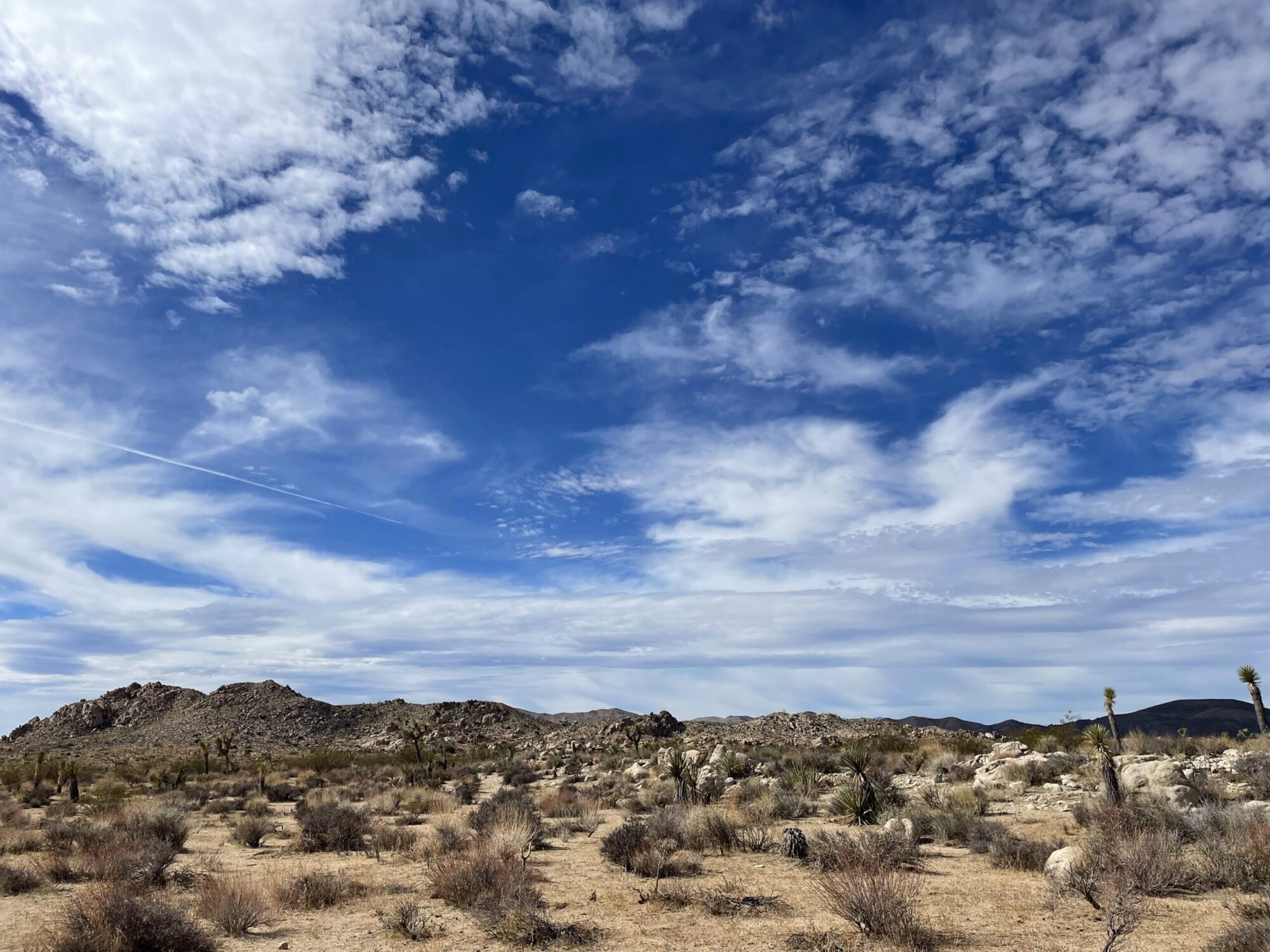Yesterday there was a nice article on NPR about Buddhists and the “mindfulness industrial complex” that noted mindfulness is only one step of the 8-fold path. These days everyone teaches “mindfulness”, the common translation of the Pali word Sati (Smrti in Sanskrit) which Sensei and I prefer to translate as wholeheartedness. The 8-fold path has some familiar Sanskrit words in it, and I recommend the translation website for spoken Sanskrit. Each of the 8 starts with samyak (Sanskrit. or samma in Pali) meaning right or correct. If you see “sam” that’s usually what it means.
1) …drsti = gaze, view, as in understanding, which we recognize from asana practice (where is your dristi?)
2)…samkalpa = determination or intention
3) …vac = speech. In Pali it’s vaca <pronounced vacha> is like voice.
4) ..karmata = action. you know karma = action.
5) …ajiva = livelihood. This is an odd one like an idiom. a-jiva literally is not-alive, but the meaning is livelihood.
6) …vyayama = effort, exercise as in what you do at the gym.
7) … = mindfulness/wholeheartedness. Be present; know what you are doing while you do it.
8)…samadhi = literally concentration/unification, epitomized by jhana.
The question came up this week, can a person can get jhana seated in a chair or is full lotus required? I mentioned on 6/12 the story of Buddha’s final moments (see part 6 section 9). Here we have his disciples watching him in jhana as he lay on his deathbed. So certainly you can get jhana without full lotus posture if you are enlightened. So I gave it a try this last week and succeeded without too much difficulty. My mind simply stops caring where my limbs are as it moves toward jhana. If you have never experienced jhana or if you only experience it now and then in your meditation, then you really need to express your body-mind’s “effort” toward jhana. And wrapping your body up tight is excellent for that. (remember your mind will settle if you stop stirring it and allow it to come to rest, but there’s a little more needed to go deeper than your common resting point. That little more is the nudge of effort I’m referring to here).
